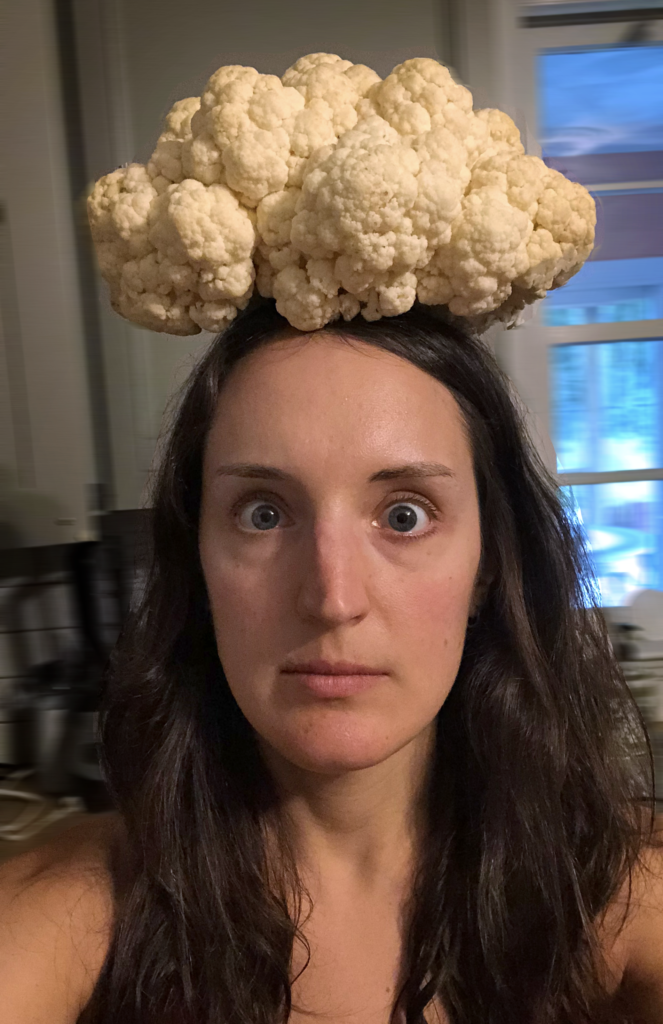
First of all, “key nutrient” does NOT mean this is about a “magic pill” for health or fat loss, or a “hack” or “quick fix” or any of those buzzword-esque things.
Remember, those are too good to be true, and should be considered red flags when it comes to nutrition information. If you’d like to read more about what to look out for when seeking reliable information about nutrition, check out my article about it here!
Instead, I want to highlight something that’s often overlooked and that can be extremely beneficial for both health and fat loss: fiber.
Let’s dive into it and see how it can help!
What is fiber?
To keep it pretty simple, fiber is a part of plant-based carbohydrates that your body doesn’t absorb, and that instead passes through your body and out the other end.
There are two types of fiber:
Soluble fiber: dissolves in water and helps with regulating blood sugar, lowering cholesterol, and keeping you full
Insoluble fiber: helps move things through your digestive system and bulks up the stool, basically helping you poop
Why is it important?
Fiber is extremely important to overall health in these ways:
- It helps to regulate your blood sugar, which can be particularly beneficial for folks with diabetes
- It can lower LDL cholesterol (the “bad” one), which is also one of the reasons I recommend my clients with high cholesterol increase their fiber intake (plus, it can be more appealing and less overwhelming to ADD foods, rather than REDUCING them!)
- Since high cholesterol can be correlated with heart disease, fiber can therefore improve heart health as well
- It can improve the quality of your poop
- It can help with overall gut health and reduce the risk of colon cancer
- It can help you feel full, which can in turn prevent you from overeating and help if you’re trying to lose fat
Even if you don’t have a fat loss goal, I’d encourage you to look at your fiber intake anyway! Your overall health may be much improved if you begin focusing on fiber or at least ensuring you’re getting enough. But my last point above, that fiber keeps you feeling full, can be particularly helpful if you’re struggling with being in a calorie deficit and feeling hungry all the time.
Side note: fiber isn’t the only thing that can help you feel full on a calorie deficit! Check out my entire article on that topic here!
How much should I eat?
A solid goal is to aim for 14 grams of fiber per 1000 calories that you’re consuming. So if you’re aiming for 2000 calories per day, you’d aim for 28 grams of fiber.
If you don’t count calories, aim for between 25 and 35 grams of fiber per day. That’s a minimum; you can certainly go above and beyond!
Can I eat TOO much, though?
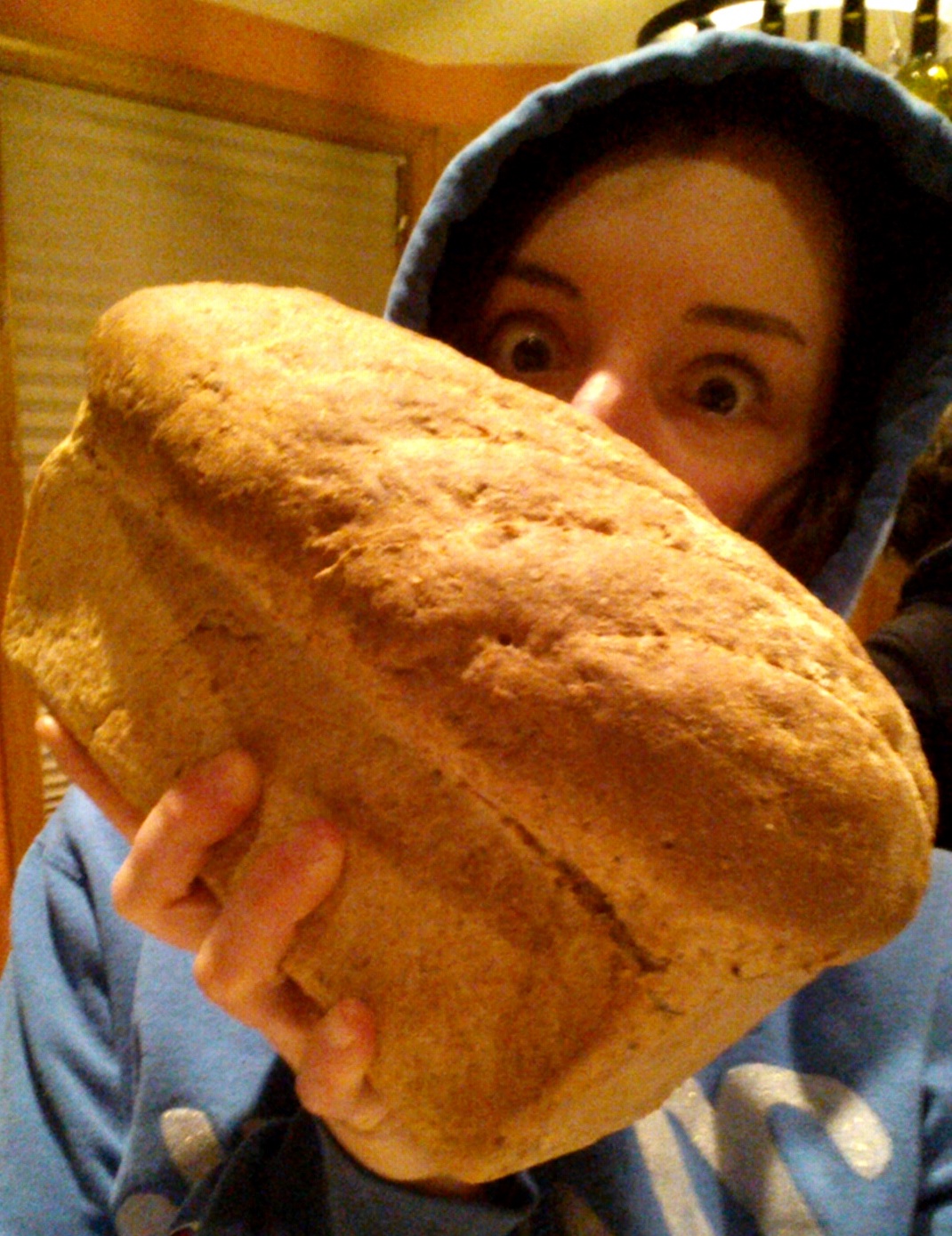
STORY TIME: When I first started eating more plant-based and was looking to ensure my meals still contained plenty of protein, I discovered that an entire pound of Brussels sprouts had an impressive amount of protein, for a vegetable. So that became one of my staple dinners: a pound of those things with sweet potatoes and pumpkin seeds (which are both also higher in fiber). I don’t actually have a clue how I ate this meal regularly for so long. After a while, my body revolted against the whopping amount of fiber, and I felt bloated and uncomfortable for hours after eating. I eventually reduced the amount of Brussels sprouts to a more reasonable portion.
The takeaway? Yes, you can have too much fiber, but only if your body (and/or the time you subsequently spend in the bathroom, because that can happen too) tells you it was too much.
In other words, as my aunt once said at the end of a particularly fiber-filled day: “If I get any more roughage, I’m going to need to strap a toilet to my ass.”
If you find you’re having issues right away even if you’re only at 25 grams, try increasing your portions of fiber more slowly. For example, instead of having half a can of beans, try a quarter of a can. You can experiment with gradually increasing portion sizes so your body adapts rather than getting overwhelmed.
Finally, a ton of fiber also isn’t a great idea for athletes in the few days before a big race, as it can lead to GI issues on race day. Lower-fiber foods contribute quicker-digesting carbs and energy, and they can be the better choice before and during exercise and long/hard efforts.
Where do I find it?
Fiber-rich foods include fruits, vegetables, whole grains, beans, legumes, nuts, and seeds. Below are some examples of each, but it’s definitely not an exhaustive list!
(Note: the contents of each list are NOT listed in order of how much fiber they have; there’s no particular order.)
Fruits
- Raspberries
- Pears (with skin)
- Apples (with skin)
- Bananas
- Oranges
- Strawberries
- Figs
- Avocados
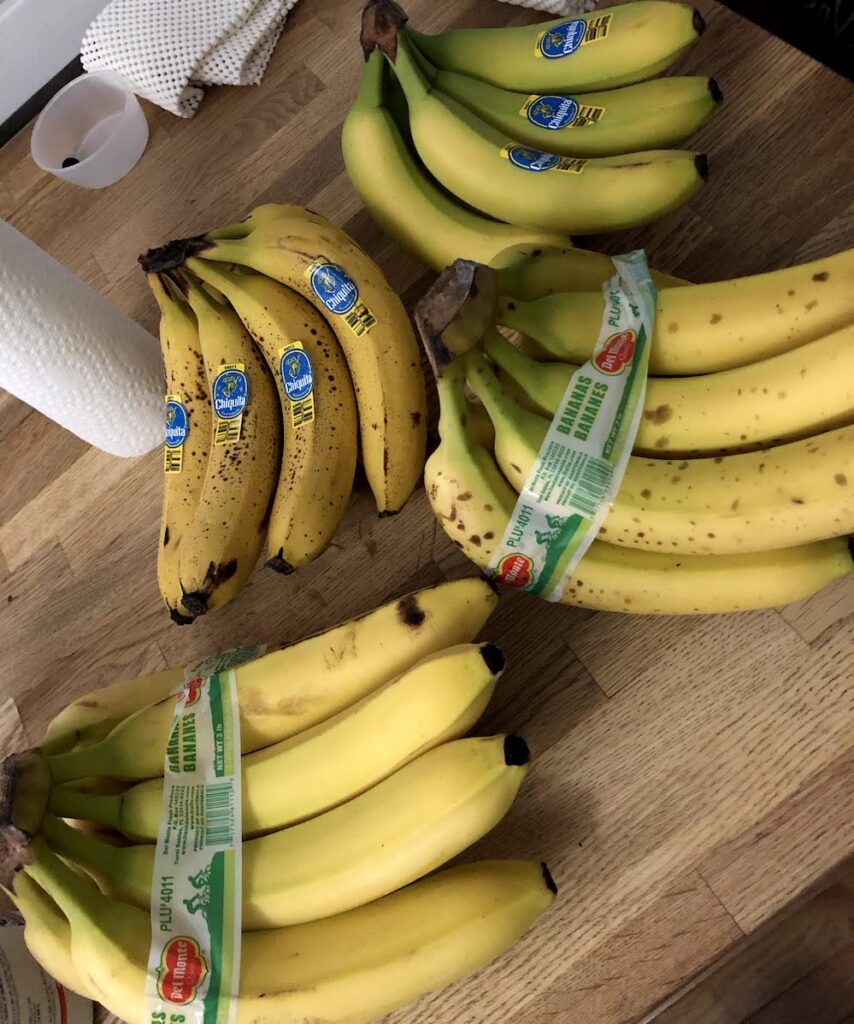
Vegetables
- Broccoli
- Brussels sprouts
- Cauliflower
- Kale
- Green peas (starchy vegetable)
- Potatoes & sweet potatoes (starchy vegetable)
- Corn (starchy vegetable)
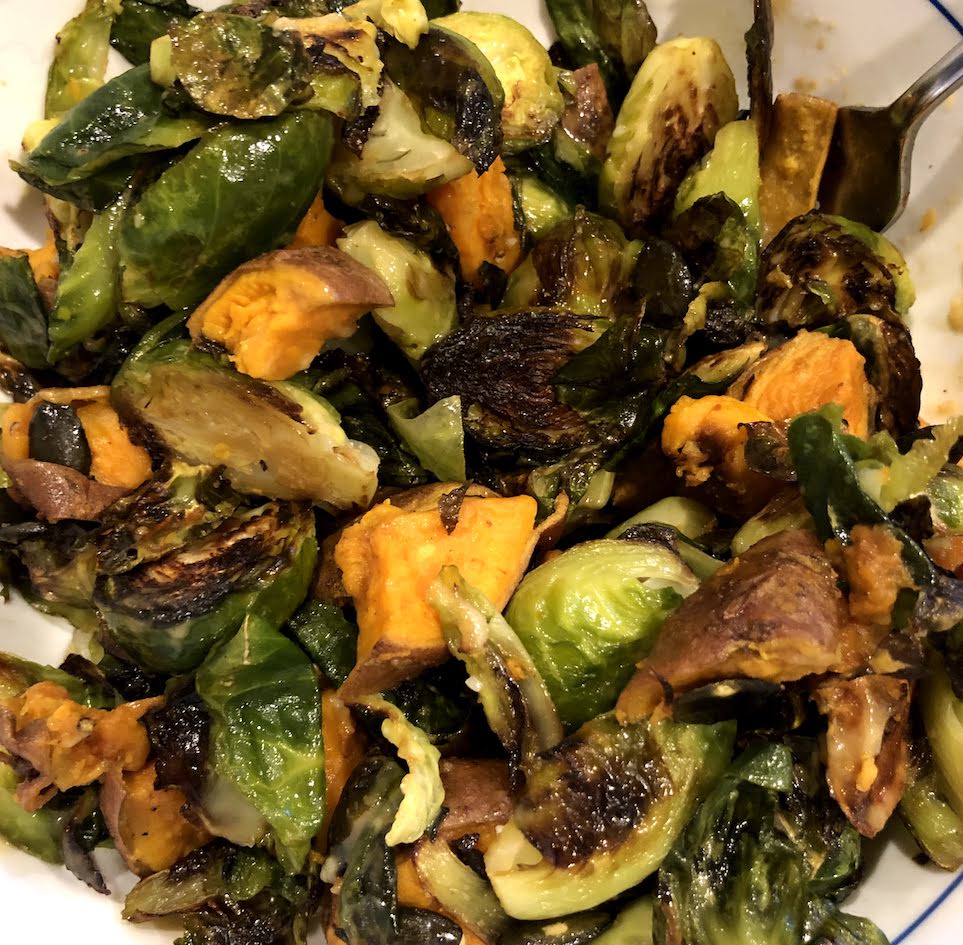
Whole Grains
- Whole wheat pasta
- Whole wheat bread
- Rye bread
- Oats
- Brown rice
- Quinoa
- Barley
- Popcorn
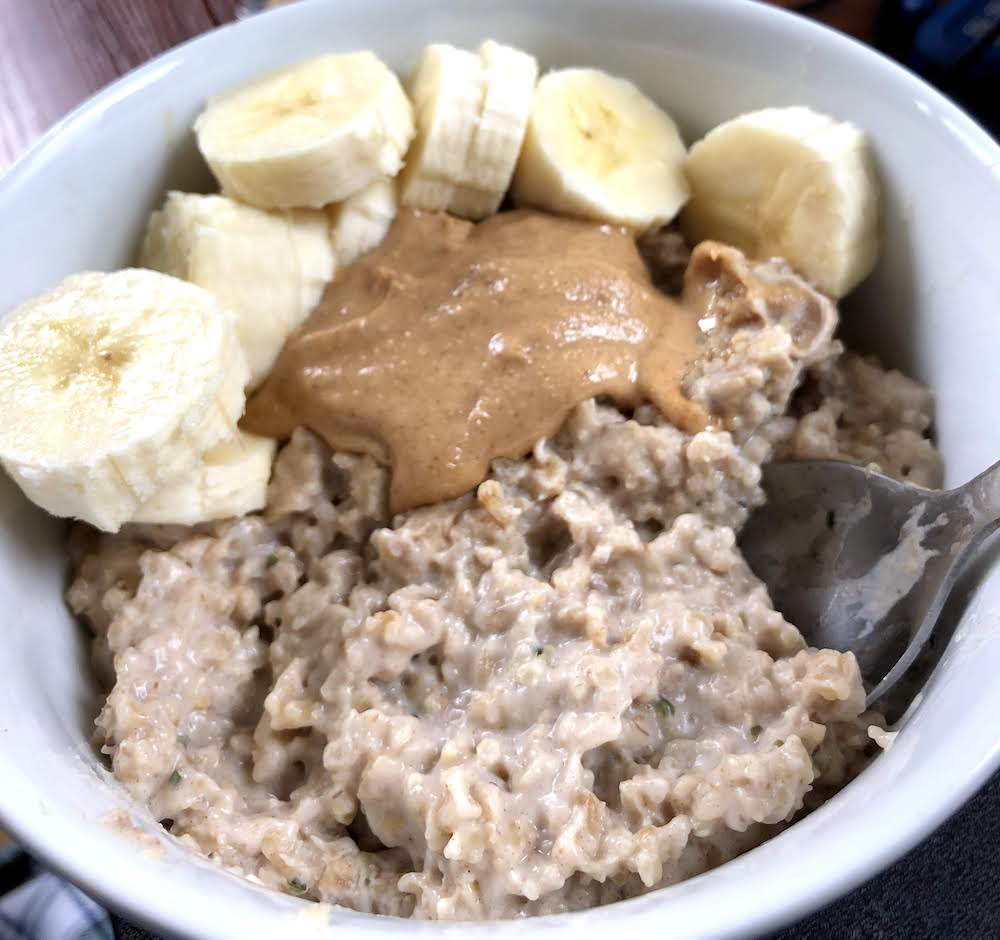
Beans & Legumes
- Lentils
- Chickpeas
- Black beans
- Kidney beans
- Pinto beans
- Navy beans
- Split peas

Nuts & Seeds
- Almonds
- Pistachios
- Hazelnuts
- Pecans
- Chia seeds
- Flaxseeds
- Hemp seeds
- Pumpkin seeds
- Sunflower seeds
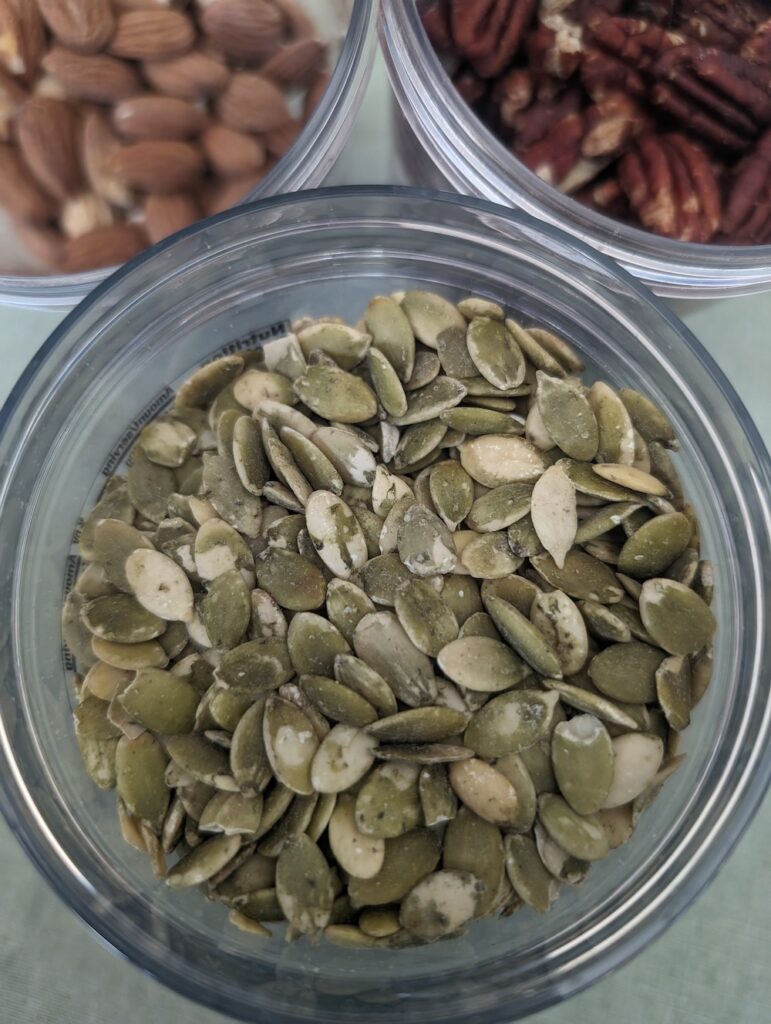
A couple other tips:
1. Perform an “audit” on your fiber intake.
You don’t have to count calories, but take some time to Google how much fiber is in all of your food for one week.
You’ll learn a bit about how much fiber is in certain foods, and once you have the knowledge, you won’t have to do it forever.
2. Don’t go over the top with protein at the expense of fiber.
I’ve emphasized the importance of protein intake, and I still believe it’s extremely beneficial (check out my in-depth article, very similar to this one, here), but lately I’ve seen some folks fall into the “more, more, more” trap. They’re aiming to get as much protein as humanly possible, and subsequently reducing carbohydrates in order to stay within their total calorie goal. Since fiber is found in carbohydrates, this can lead to a less-than-ideal fiber intake.
If you perform your “audit” and realize you aren’t getting much fiber, and if your protein intake is closer to 1 gram per pound of goal body weight (the high end of my recommended range), back off a bit to 0.7 or 0.8 grams and make some room for fiber-filled carbs! It may help you feel fuller, better, and more energized throughout the day. As a bonus, you know you’re getting all of the health benefits that come along with it (and maybe any bathroom-related issues happily clear up as well!).
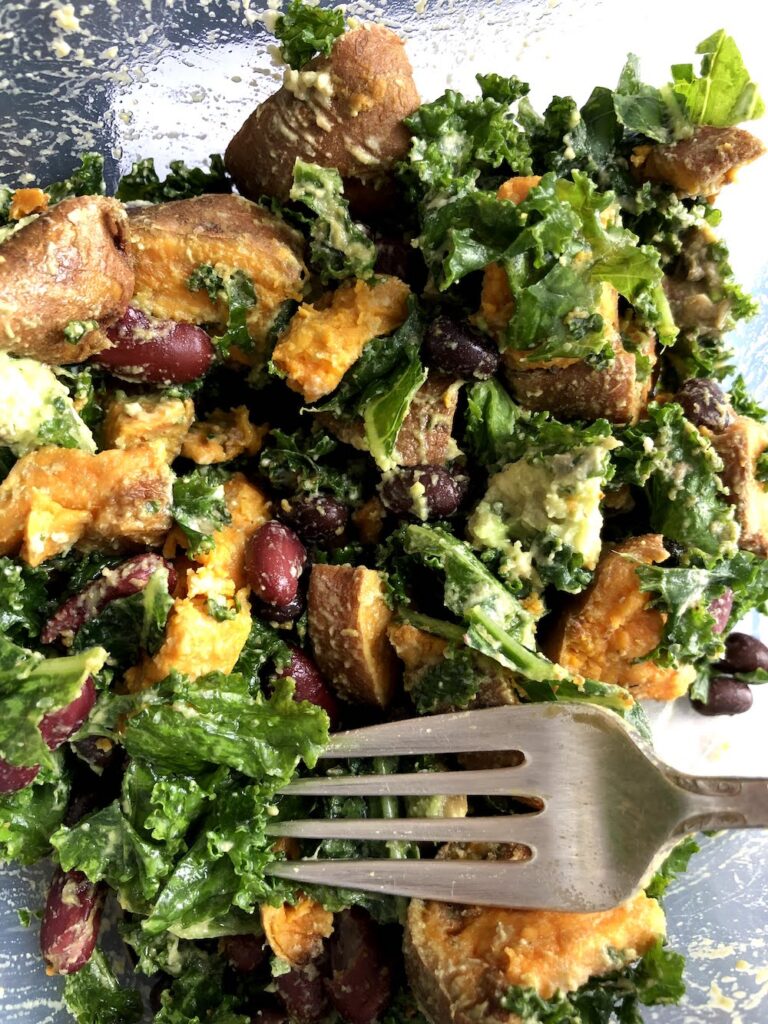
Have any questions about fiber, protein, overall calorie intake, or how to balance your foods and meals in a way that works best for you and fuels you the best? Send me an email and I’d be happy to help you figure it out!
Happy pooping!
-Dina
Dina Grimaldi is a triathlon coach, nutrition coach, & personal trainer who helps athletes reach their goals while finding the balance they need to fit training comfortably into their lives; who guides those with nutrition or health goals to cultivate a lifestyle of sustainable habits and a healthy relationship with food; and who supports others through functional strength training and performance to become strong, healthy, and confident individuals throughout their lives.
